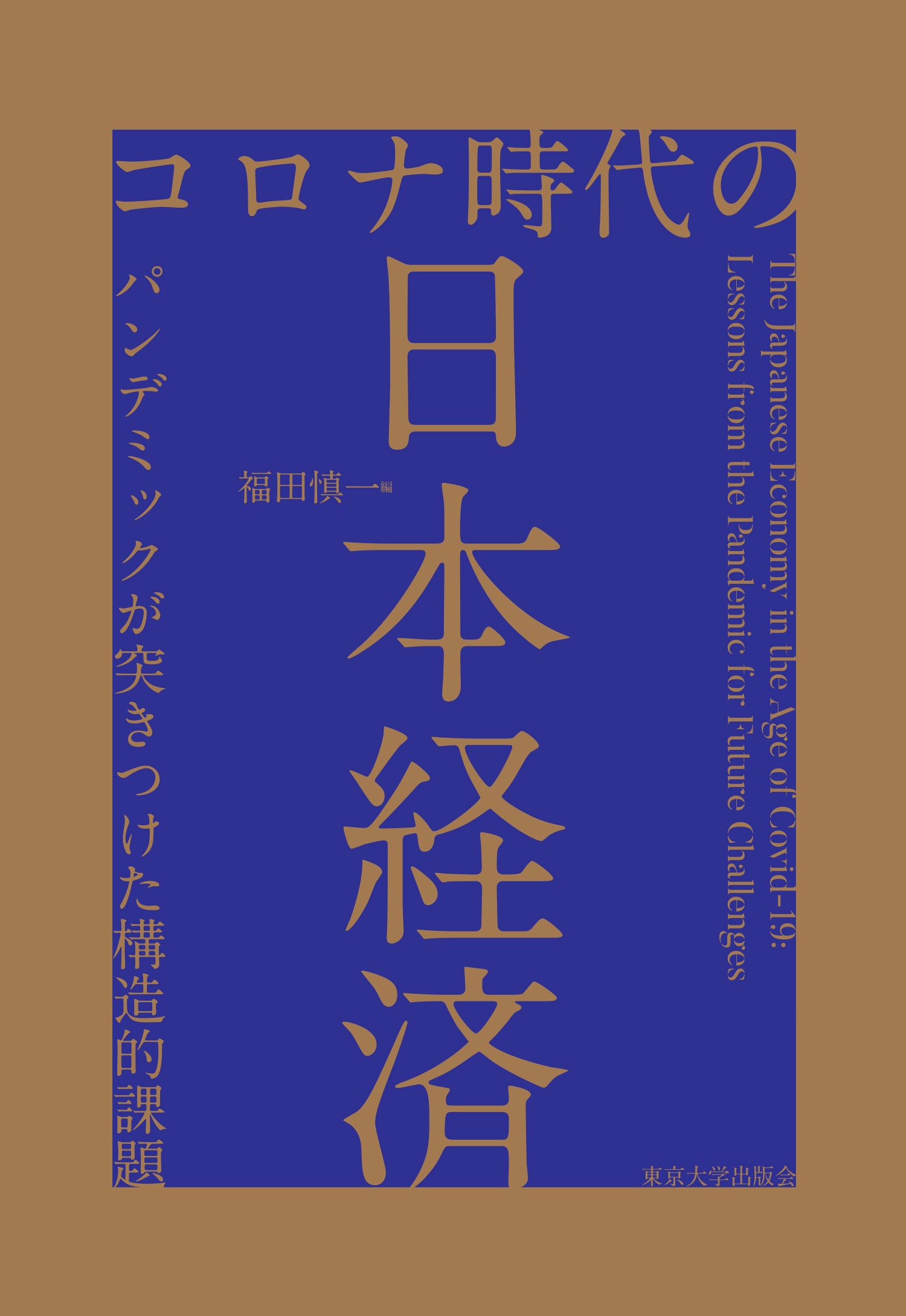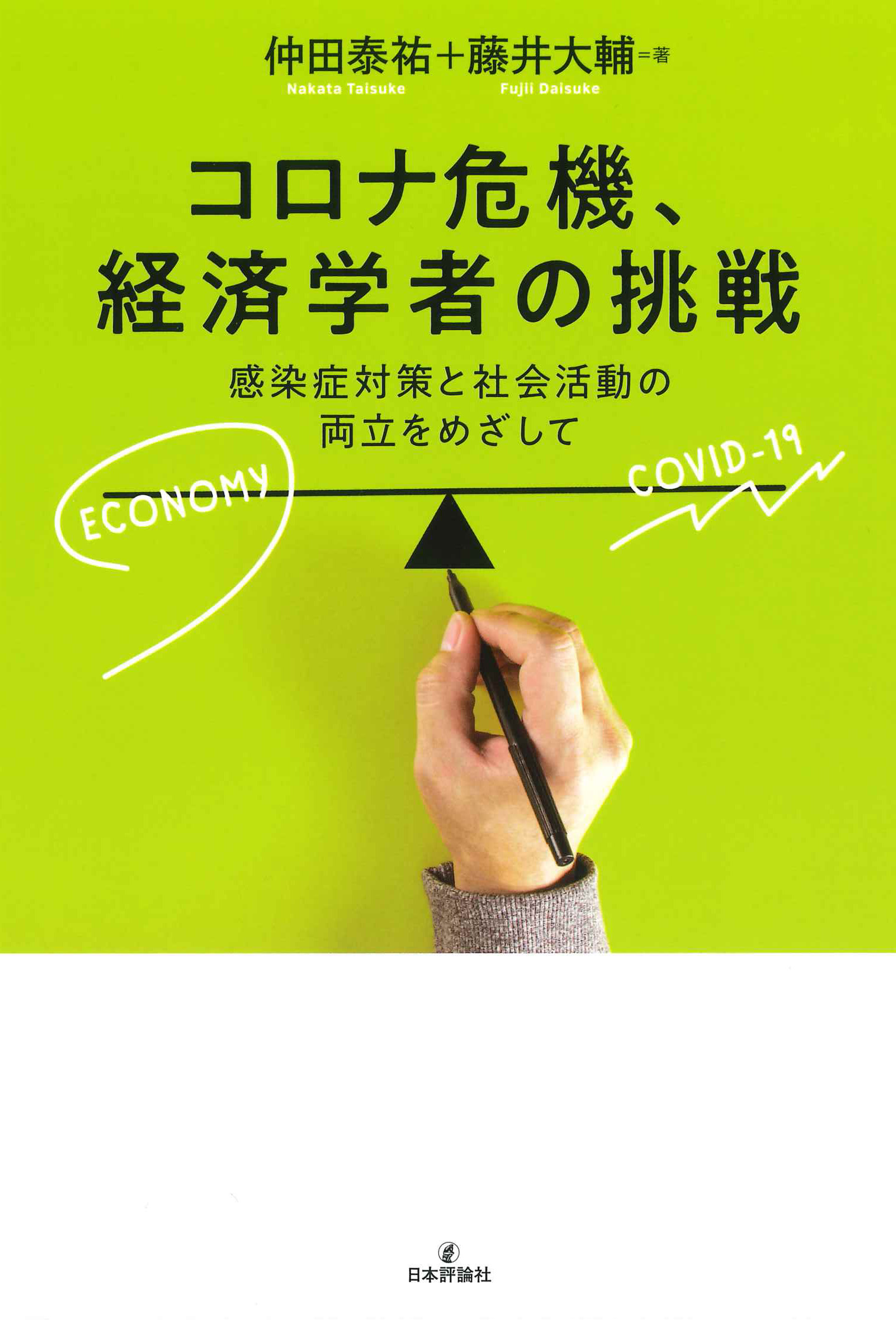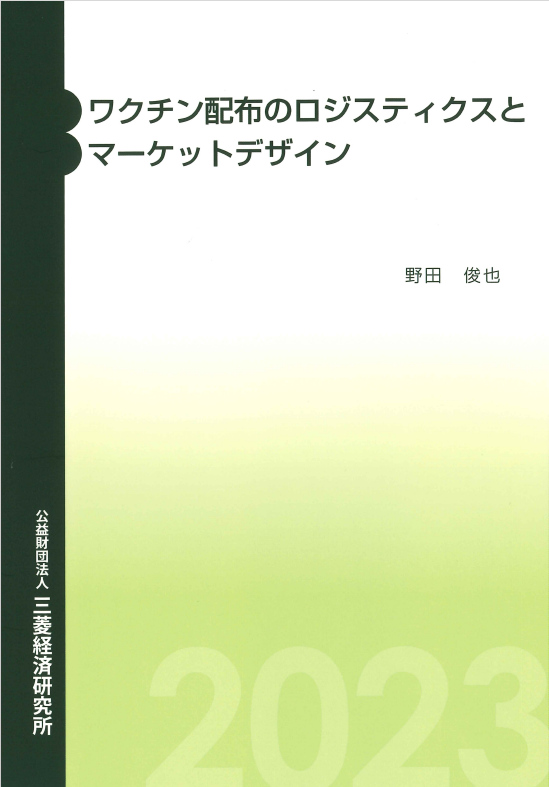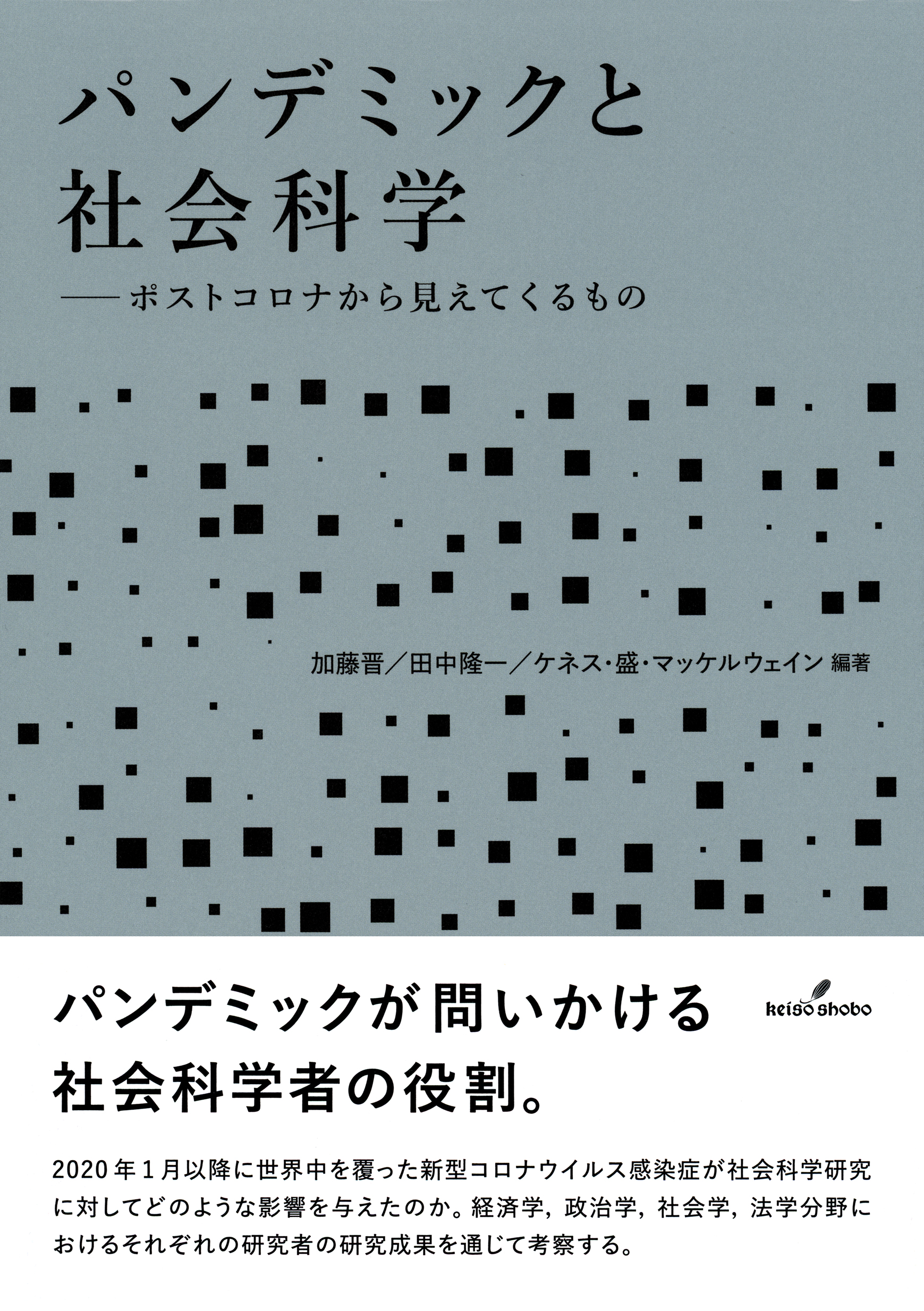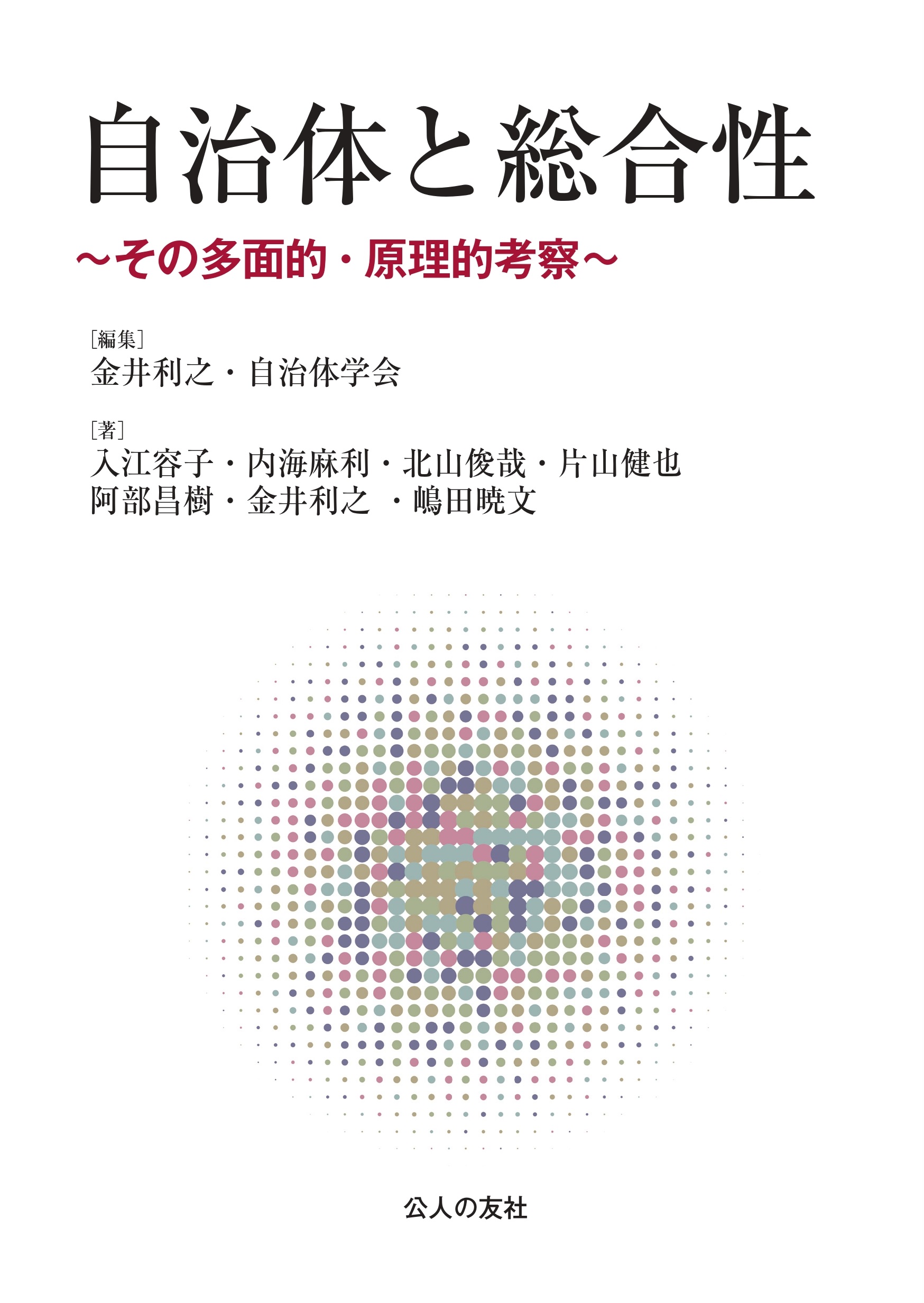
Title
Chikuma Shinsho Corona taisakuka no kuni to jichitai (“COVID-19 Policy Disaster” at the National and Local Levels - Confusion and Stalemate in Disaster Management Administration)
Size
320 pages, paperback pocket edition
Language
Japanese
Released
May 06, 2021
ISBN
978-4-480-07403-4
Published by
Chikuma Shobo
Book Info
See Book Availability at Library
Japanese Page
The COVID-19 pandemic is still raging, and therefore, it may be premature to conduct an administrative study on the success or failure of policies implemented and the related causes. However, it is necessary to analyze and understand the situation as it unfolds. The question of why the administration implemented or did not implement certain countermeasures is important precisely because the pandemic has not yet ended—clarifying this may help improve the existing ones. Therefore, this book analyzes the state of the COVID-19 policies implemented by the Government of Japan from January 2020 to March 2021.
The main focus of this book is “COVID-19 policy disaster” and not “(general) COVID-19 countermeasures”—that is, we highlight how the government’s COVID-19 policies have caused various problems. In the field of public and general economics, there exists an area of study on the “failure of the government.” This book follows the same idea. It is quite common for measures taken to solve problems to create other problems. This book asserts that the “COVID-19 policy disaster” is a result of the countermeasures implemented by the national and local governments of Japan.
The biggest effect of this disaster was the huge blow to economic activity, caused by Japan’s soft lockdown (enforced during the first state of emergency). Therefore, the country was forced to resume economic activity, which then led to COVID-19 spreading further. In fact, to cushion the blow, the government even announced various benefits. However, Japan’s “work-first society” with reduced social security and a weak safety net against unemployment resulted in inadequate preparation and experience to handle the pandemic’s economic consequences—the sudden implementation of countermeasures led to delays, injustice, and inequality. To maintain social security finances, medical costs were kept low, which meant that limited healthcare was provided and the hospital bed occupancy rate kept rising; hence, emergency patients could not be accommodated.
Therefore, it became almost impossible to hospitalize those infected, which led to more restrictions—particularly in terms of the number of tests that could be run. The result was further spread of the infection in nursing care facilities and patients’ homes. As the number of inpatients increased, so did the burden on the healthcare system; consequently, patients were “abandoned” to recuperate at home to avoid a total collapse of the medical system. This approach led to another dilemma: on one hand, implementing policies against COVID-19 would inevitably cause another policy disaster, and on the other, dealing with that disaster would cause the original problem to resurface and/or yet another policy disaster.
This dilemma is rooted in daily life involving a complex network of multiple groups and organizations who all exist and interact in society. Certain measures, thus, create problems because they affect the whole. Therefore, Japan would like to strengthen its leadership and command and also control functions with respect to disaster/pandemic countermeasures and crisis management. However, arbitrary intervention by the national government will continue to cause policy disasters. Hence, reforms aimed at further strengthening the central administration are envisioned, though this could worsen policy disasters.
(Written by KANAI Toshiyuki, Professor, Graduate Schools for Law and Politics / 2021)



 Find a book
Find a book


